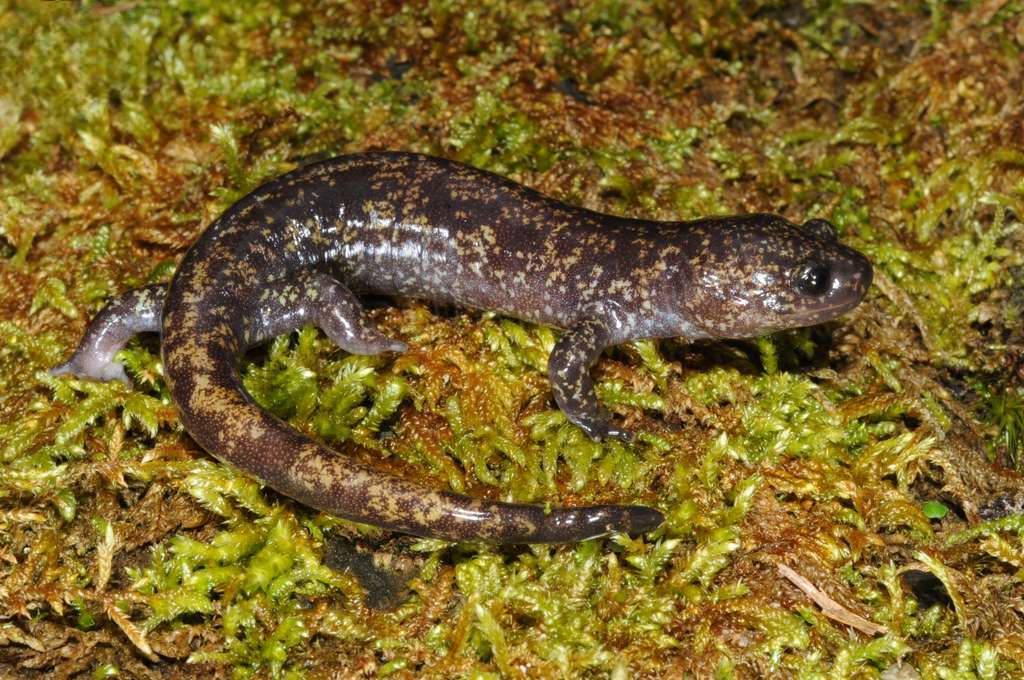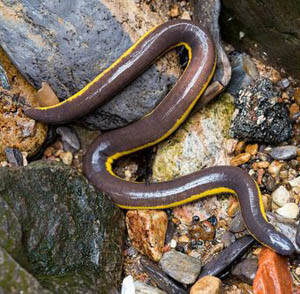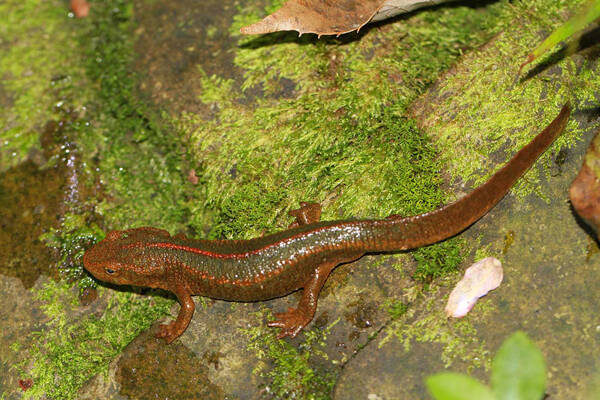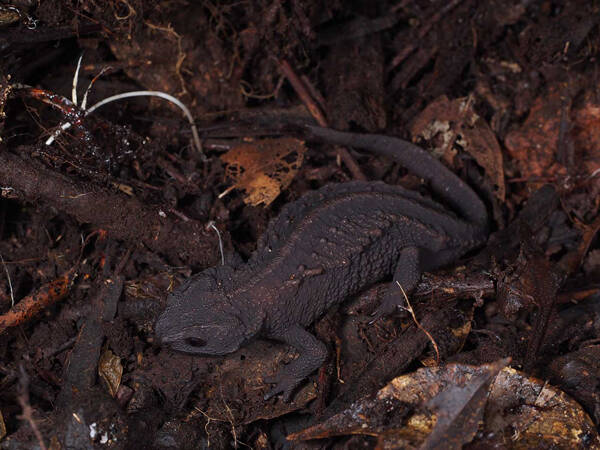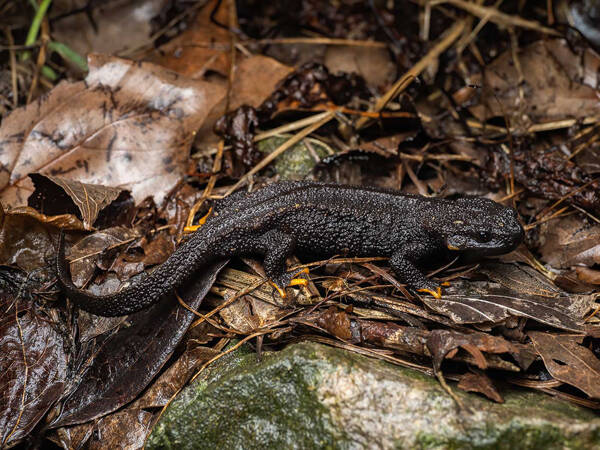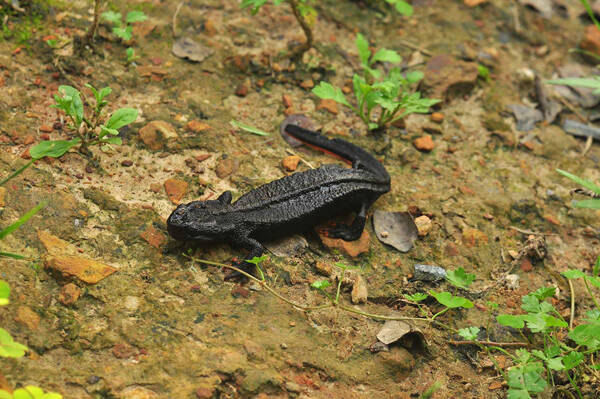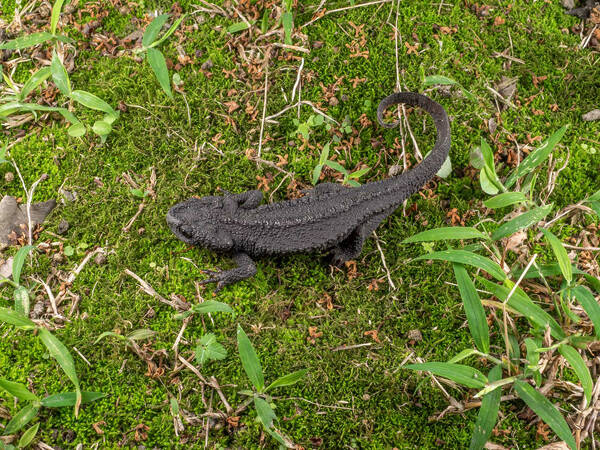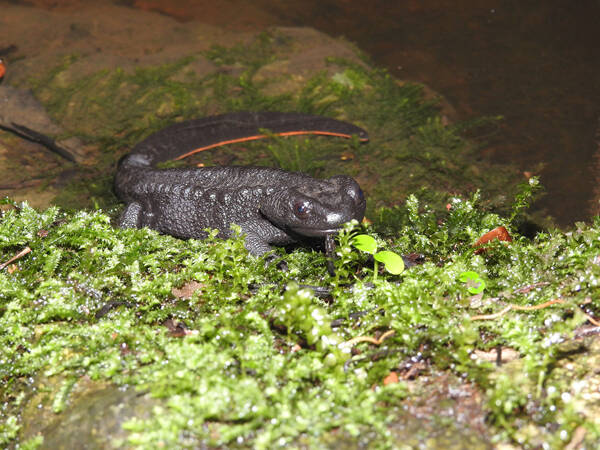Tylototriton verrucosus
IUCN
LCBasic Information
Scientific classification
- name:Tylototriton verrucosus
- Scientific Name:Tylototriton verrucosus,Himalayan salamander
- Outline:Urodela
- Family:Caudata Salamandridae Cynodontidae
Vital signs
- length:183-236.3mm
- Weight:
- lifetime:
Feature
The head is approximately triangular and the entire body is uniform brown-black.
Distribution and Habitat
In China, it is distributed in Yunnan (Mangshi suburbs, Longchuan, Yingjiang, Baoshan, Lushui). Abroad, it is distributed in India, Nepal (northeast), Bhutan, Myanmar (north) and Thailand (north).
Appearance
The head is flat, the width of the head is greater than the length of the head, and the tip of the snout is round; the nostrils are close to the tip of the snout, and there is no lip fold; there is no halodes, and the vomerine tooth row is in an inverted V shape. The trunk is cylindrical. The whole body is dark brown or brown, and some individuals have light brown head sides, dorsal ridges and scrofula, limbs and tail.
Details
The brown-black warty newt is an amphibian of the family Salamandridae and genus Warty Newt. It is similar to the red warty newt, but the back of the body and tail of this species is uniformly brown-black, or only the head, side scrotum, tail, and limbs are more or less dark orange-red or dark orange-yellow.
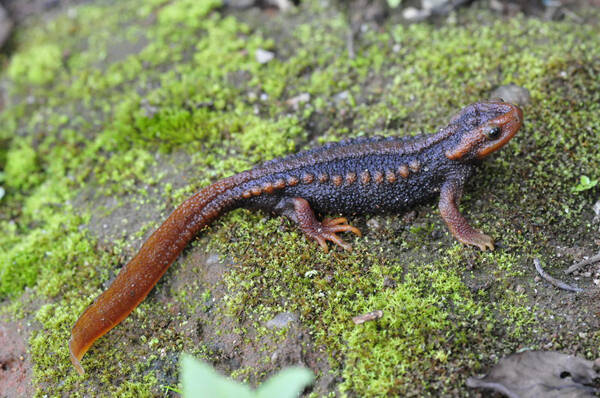
This newt lives in the subtropical valleys of Hotha valleys in Longchuan County in western Yunnan, China, at an altitude of about 1,524 meters. It lives in tropical and subtropical wet grasslands or land, often burrowing into silt or underwater cracks to rest, and occasionally floating to the surface to breathe. . It often comes out to forage after rain in August and September, and likes to eat worms, insects, etc. It often lies on rocks during the day, and swallows prey after seeing them peeking at it, and there is also a phenomenon of competing for food when feeding. The most suitable temperature is 18-25℃, with frequent activities. It starts to hibernate at 10℃ and stops eating. The hibernation period is from late November to January of the following year. The average temperature in late November is 15.5℃ (15-16℃), the average temperature in December is 13℃ (4-19℃), and the average temperature in January is 11℃ (10-13℃). February to March of the following year is the late hibernation period, with an average temperature of 12℃ in February and 15.5℃ (15-16℃) in March of the following year. It has awakened and resumed normal activities at 20℃ in April of the following year.
The newt does not hold its mate during mating, but swings its tail. The eggs can be laid in water or on land; a female newt can lay 150 eggs, with a diameter of 2 mm. The animals are extremely brown-black, and the plants are extremely milky white. The time of hatching and development in water varies greatly with the air temperature (water temperature). It takes 10 to 20 days to hatch at 10 to 12 ° C, and the newly hatched larvae are 12 mm long.
The global distribution is unknown. The survey results of China's key terrestrial wildlife resources show that there are 68,000 in Yunnan and 5,000 in Tibet. In May 1998, Yuanjiang County collected 7 specimens of the red warty newt in two surveys. In 1985-1986, Zhang Yuxia collected 6 adult specimens at Kongmingtai, south of Duxiu Peak and north of Duxiu Peak in Guilin, Guangxi.
Listed in the "List of National Key Protected Wildlife in China" (January 4, 2021) - Level II.

